IO NEWS
Californian Utilities Need Residential Microgrids, Not Solar
If you get solar now, you are late to the party. As stated by the Solar Energy Industries Association, "In the last decade alone, solar has experienced an average annual growth rate of 48%. Thanks to strong federal policies like the solar Investment Tax Credit, rapidly declining costs, and increasing demand across the private and public sector for clean electricity, there are now nearly 78 gigawatts (GW) of solar capacity installed nationwide, enough to power 14.5 million homes."
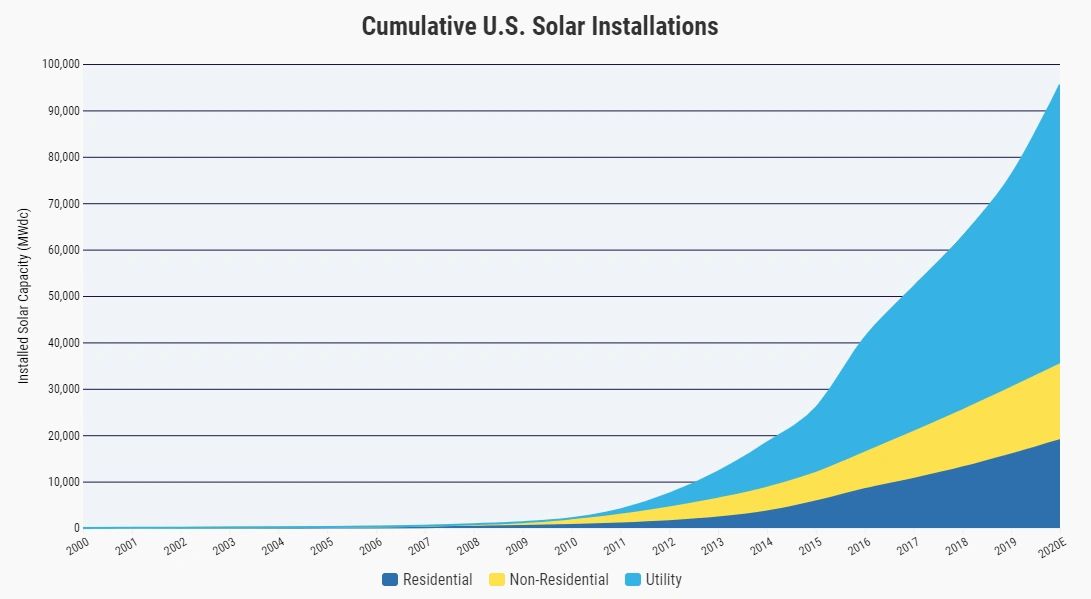
Solar has been an economic engine for nearly 250,000 Americans, and has yielded $18 billion of investment for America in 2019, as reported by the Solar Foundation National Solar Jobs Census 2019. The cost of solar has dropped significantly. According to Sunrun, "A decade ago, an average 6 kilowatt hour residential solar system could cost more than $50,000." Now, an average 6 kilowatt hour solar system costs around $18,000.
In California, there is so much solar, that the state has been curtailing, or turning off, the production of solar. As stated in Greentech Media, due to the decrease in energy demand because of the Coronivirus, renewable energy curtailment has surged. When energy supply surpasses demand, in absence of large energy storage mechanisms, the grid risks becoming overloaded. "Since the statewide order, CAISO has seen load reductions from 5 percent to 8 percent on weekdays, and from 1 percent to 4 percent on weekends," creating this need to curtail even more energy than previous years and keeping 2020 the highest recorded curtailment year ever.
As seen in the report below from California ISO, California has already been gradually curtailing energy year by year, and the 2020 mandate for solar to be on new construction, plus the stay at home order, has exacerbated this problem.
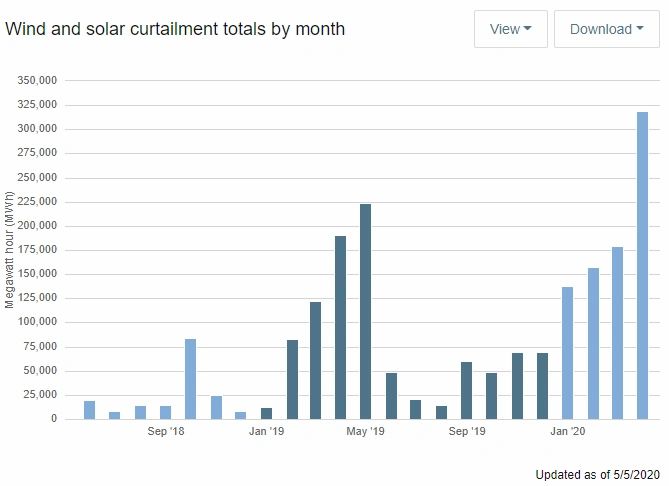
Beyond curtailment, the need for Microgrids in California was truly highlighted during the 2019 fire and Public Safety Power Shutoff season. As reported within Vox and Microgrid Knowledge, "The power outages to 738,000 electric customers illustrated that even California, one of the lead states deploying microgrids, is not building them quickly enough. Microgrids act as local islands of power when the central grid fails, or in this case when power is intentionally shut down as a safety precaution." AJ Perkins of DR Microgrid reminded the public that "For various reasons, typical grid-tied solar systems will not function when the grid goes down unless they have special switchgear, inverters and controls that allow them to function in microgrid or nanogrid mode, cutting themselves off from the grid. This is to prevent power from flowing into the grid while utility workers are working on it — a potentially fatal problem.” Millions of solar customers were still left without power during the power outages, building the case for microgrids.
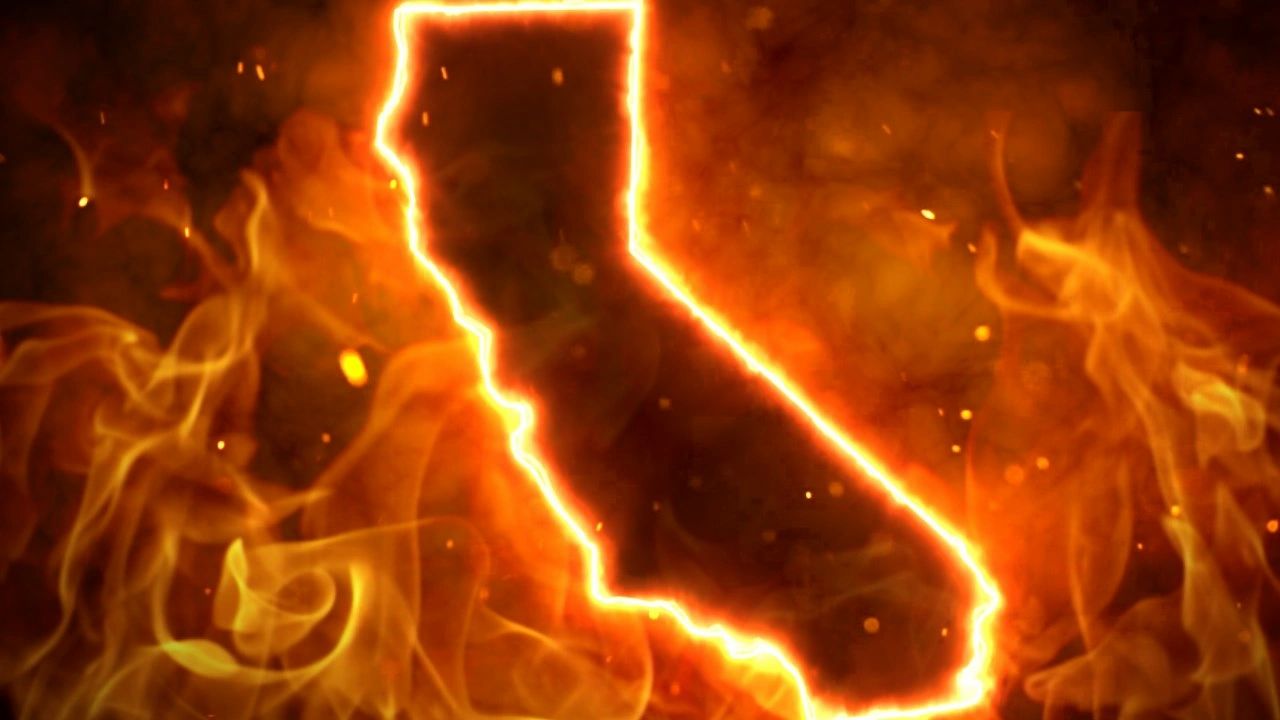
As seen within Utility Dive, the go-to Californian Utility strategy to build resiliency and combat future wildfires was through the promotion of Microgrids. As said by Paul Doherty, PG&E Spokesperson, "We see there being tremendous value in the flexibility that these sort of temporary microgrids provide."
Additional evidence of the utility preference of Microgrids over solar can be found within the 2020 increase in SGIP, or Self Generation Incentive Program fun. SGIP, as seen in energysage, "is one of the first incentives for battery energy storage in the country. The program has been very successful, helping California to lead the nation in residential energy storage deployment. Recently, the program has received additional funding, with a slightly revised charter for how to use those funds." Directly in response to the 2019 PSPS season, the California Public Utility Program (CPUC) created a special allocation of SGIP incentives, dedicated to "Equity and Resiliency" projects. In short, homes that can be directly impacted by fires or Public Safety Power Shutoffs may become eligible for an extremely generous refund from the CPUC. As said by energysage, "in fact, nearly 60% of the current $1.056 billion program budget for SGIP is dedicated for Equity Resiliency projects."
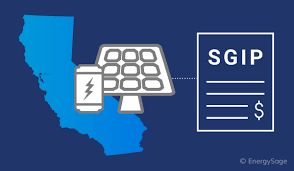
In contrast, no additional funding has been given to solar only projects. The most recent main California Solar Initiative and incentive widely exhausted its funding before 2017, and has not been replenished. The federal Incentive Tax Credit, or ITC, has also been reduced as of 2020 from 30% to 26%. As stated by energytoolbase, the step-down in solar moneys is slated to continue, as efforts to replenish this federal credit have failed. In other words, where solar only project incentives are sun-setting, microgrid and battery storage promotions are on the rise.
Fast forward to the Covid-19 quarantine, self-sufficiency, resiliency, independent living has become the rage. In Fast Company's article, "COVID-19 has made living off the grid irresistible. Are these self-sustaining homes the future?," example of off-grid homes was highlighted.
Utilities want to promote this trend of resilience and self reliance. PG&E's bankruptcy, and economic problems incurred from Covid-19, have delayed utility scale microgrid development, as reported by Utility Dive. Utilities have incurred incredible costs due to the 2019 Californian Wildfires, including that of a $1.9 Billion penalty on PG&E, effectively limiting future moneys to be invested into the Microgrid initiative.
Also stated within Utility Dive, Utilities have widely increased utility rates in direct response to proactively raising funds for the future wildfires. As of April 2020, as reported by energytoolbase, SCE increased their rates by 7% across the board. This increased rate schedule adds only more reasons for homeowners to switch away from utility grid power. Also reported within energytoolbase, the current net metering and time of use rate schedules within California continue to give the economic nudge towards including batteries within solar installations.
" A historic thing happened earlier this month for residential energy storage economics. For the first time ever, the project economics of a solar + storage project operated in time-of-use (TOU) arbitrage mode, beat the economics of a standalone solar PV project. This noteworthy occurrence happened in the Southern California Edison (SCE) service territory when SCE implemented its new TOU rate structures on March 1, 2019."
The lack of utility level solutions, increased utility overall costs, battery friendly utility rate codes, and the individual need for self-sufficiency and resilience creates the perfect primer for our future residential microgrid boom, as reported by Microgrid Knowledge.
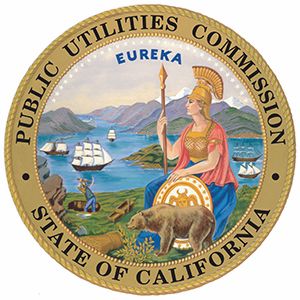
Amid Covid-19, the CPUC virtually approved plans to prepare for 2020 wildfire mitigation, and to deploy microgrids and resiliency strategies to support communities and infrastructure threatened by power outages. “Wildfire season will begin soon and, if like last year, it will surge this fall, bringing Public Safety Power Shut-offs and other outages” said CPUC Commissioner Genevieve Shiroma. “Microgrids using independent energy supply can provide essential backup and resiliency for communities affected. This proposed microgrid decision would appropriately require utilities to expedite deployment, all towards assuring essential services such as clean water, emergency services, and medical support can continue, especially in disadvantaged communities and among the access and functional needs populations.” The approved decision "orders utilities to prioritize, streamline, and expedite microgrids and resiliency projects that could be put in place by September 1, 2020, and requires collaboration with local and tribal governments. The proposal is intended to rapidly develop and deploy projects that could keep electricity on for critical facilities and other customers during power outages."
The impact of this utility decision to promote Microgrids and wildfire safety has already been witnessed by Southern California Edison ratepayers, as notices have been sent out to customers to attend online live streamed community meetings that give information about the future Public Safety Power Shutoffs of 2020. "As California continues to experience a year-round fire season, we want to make sure communities are informed and prepared as we implement our Wildlife Mitigation Plan. Join us for one of our online Live Stream or in-person meetings, where you can hear from emergency preparedness experts, ask questions, and join in discussions." To join a virtual meeting, register on SCE's webiste, here.
To learn more about Microgrids, the Instant ON team absolutely recommends that all take advantage of the FREE 3-day virtual conference, June 1st through 3rd, hosted by Microgrid Knowledge. The event is designed for businesses, homeowners, hospitals, colleges, connected community developers, data centers, critical facilities, government, utilities and other renewable energy and distributed energy resource advocates who value reliable, clean and cost-effective energy. AJ Perkins, president of Instant ON, will be presenting on June 2nd, 10am (EDT) on a panel with Michael Bakas and Mark Martyak, on the topic "Staying the Course on Clean Energy in a Time of Societal Disruption." We hope that you join us!
Published by David Perzynski, 5/15/2020
For more information about IO's approach, contact Instant ON here.
Follow us on Youtube for our weekly Friday podcasts here.
To receive our weekly news updates, enter your email here.
Follow us on Linkedin here.
Follow us on Facebook here.